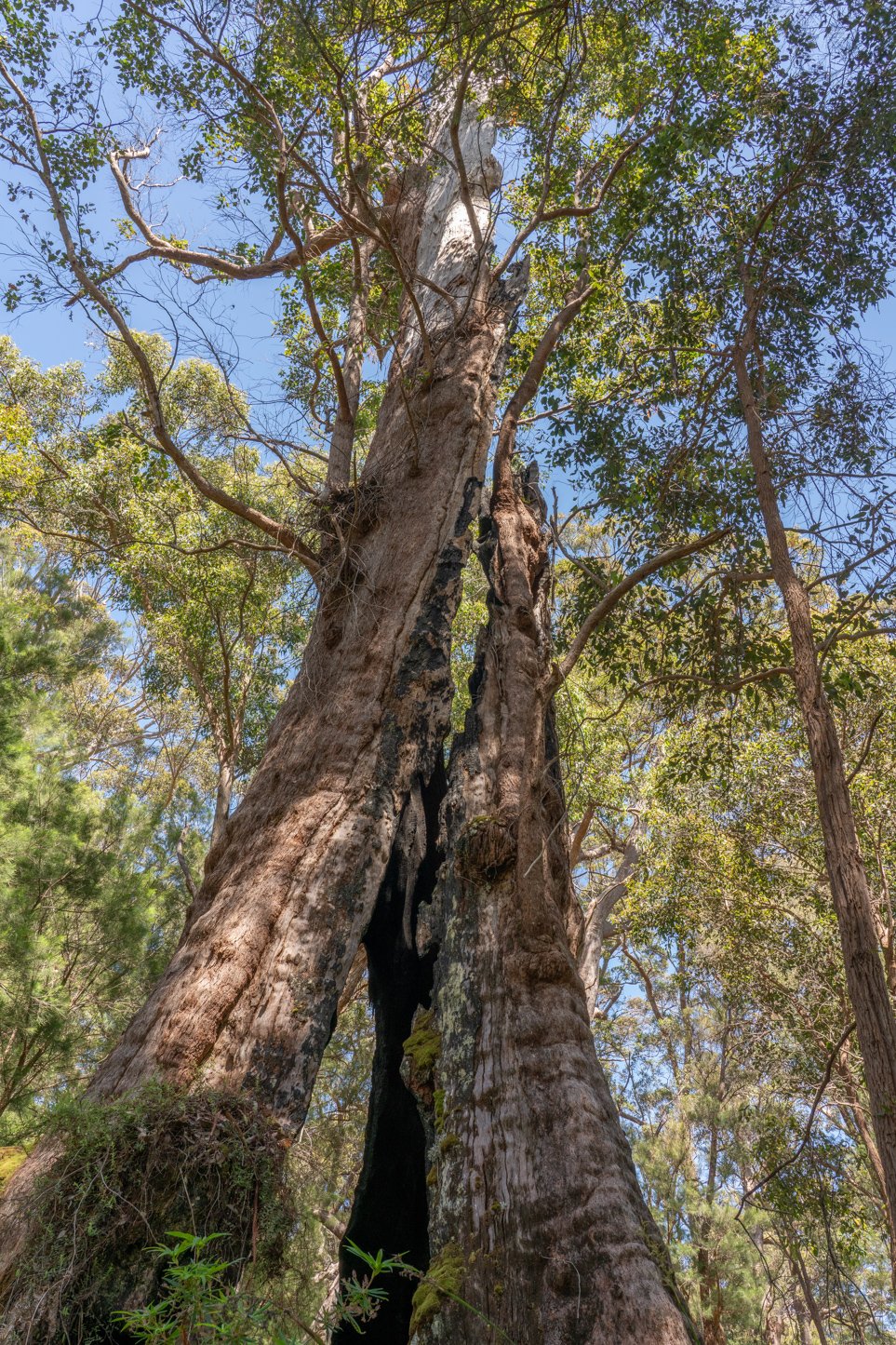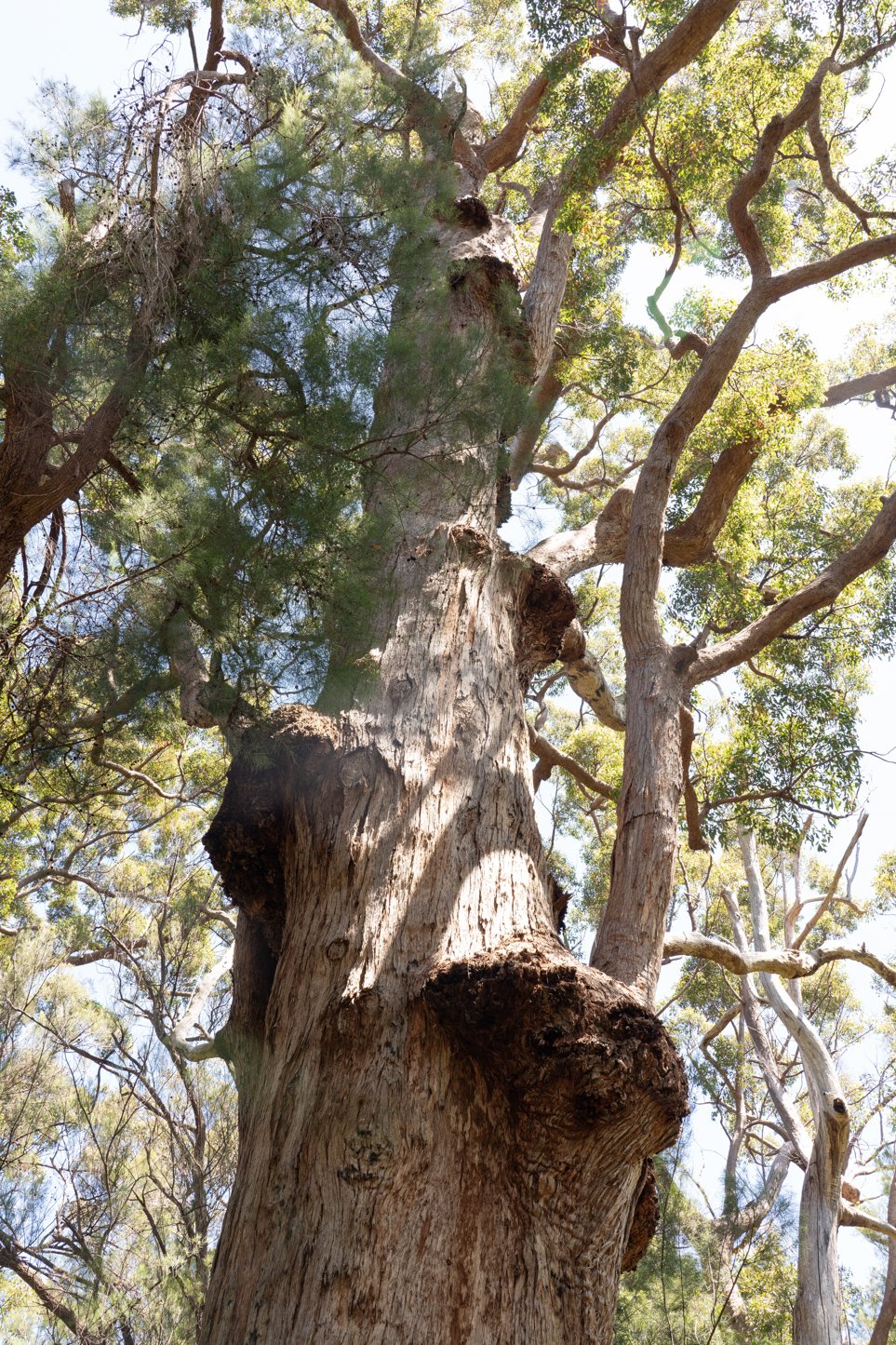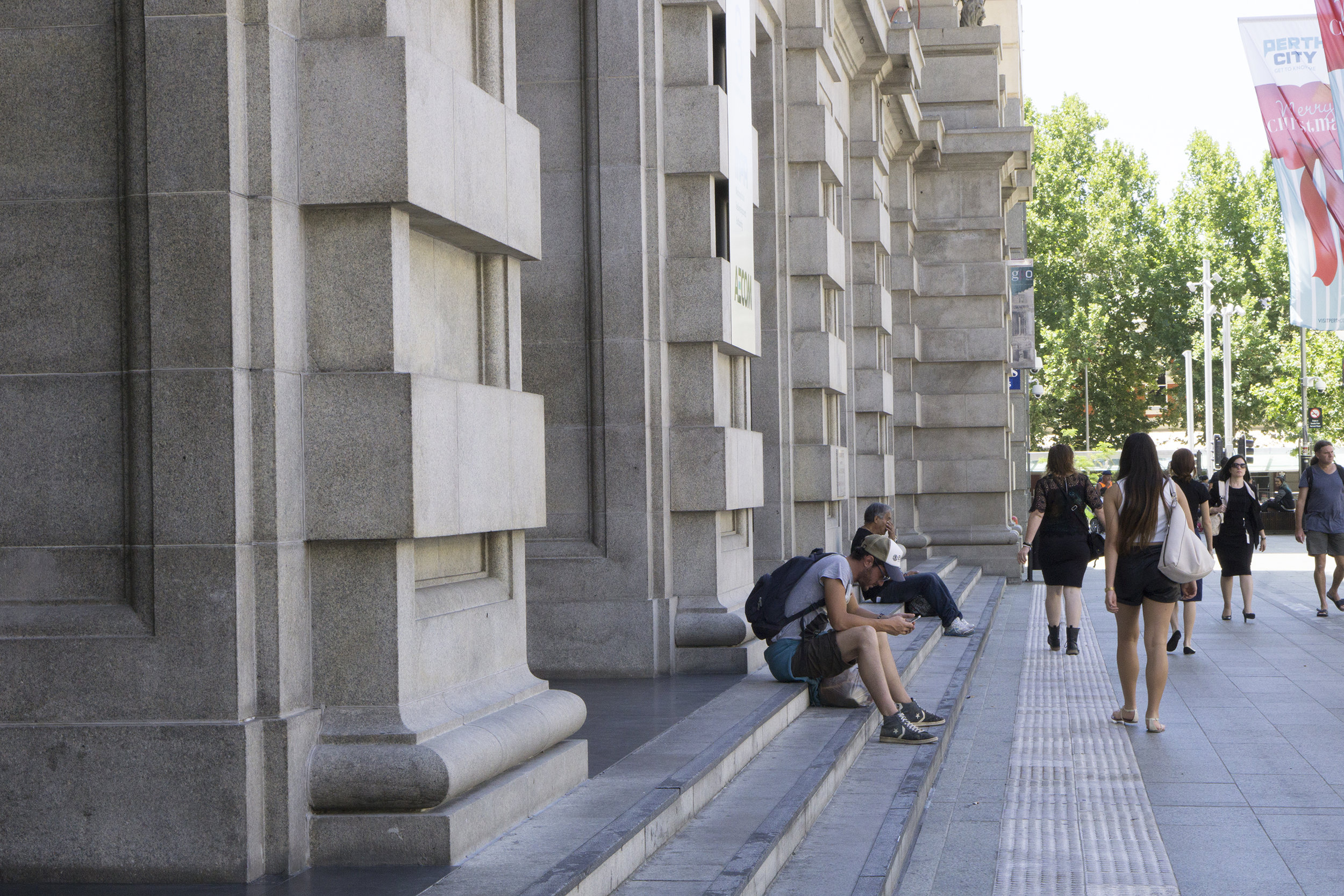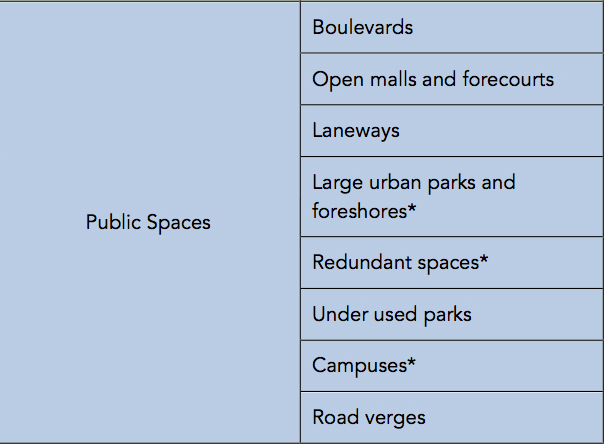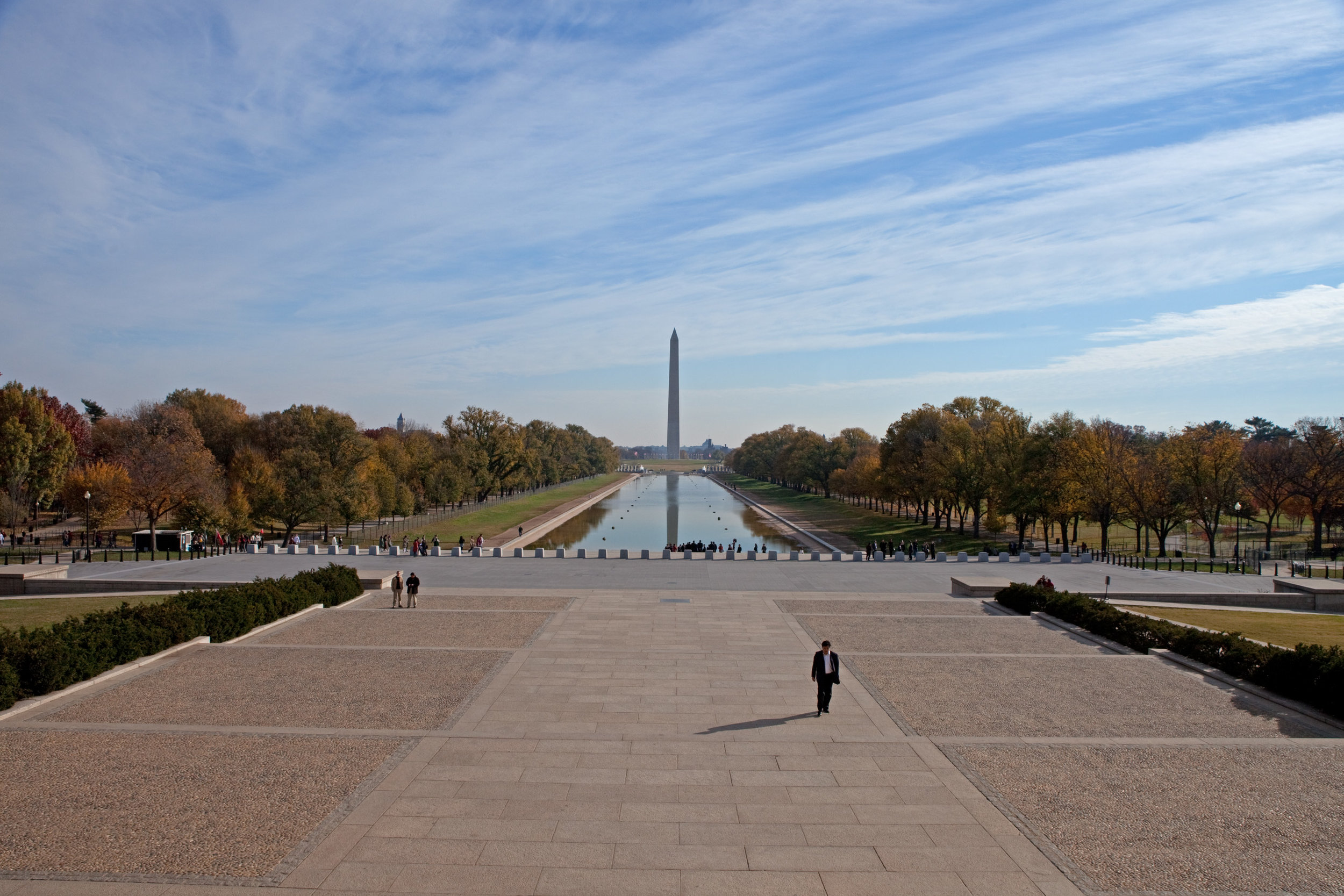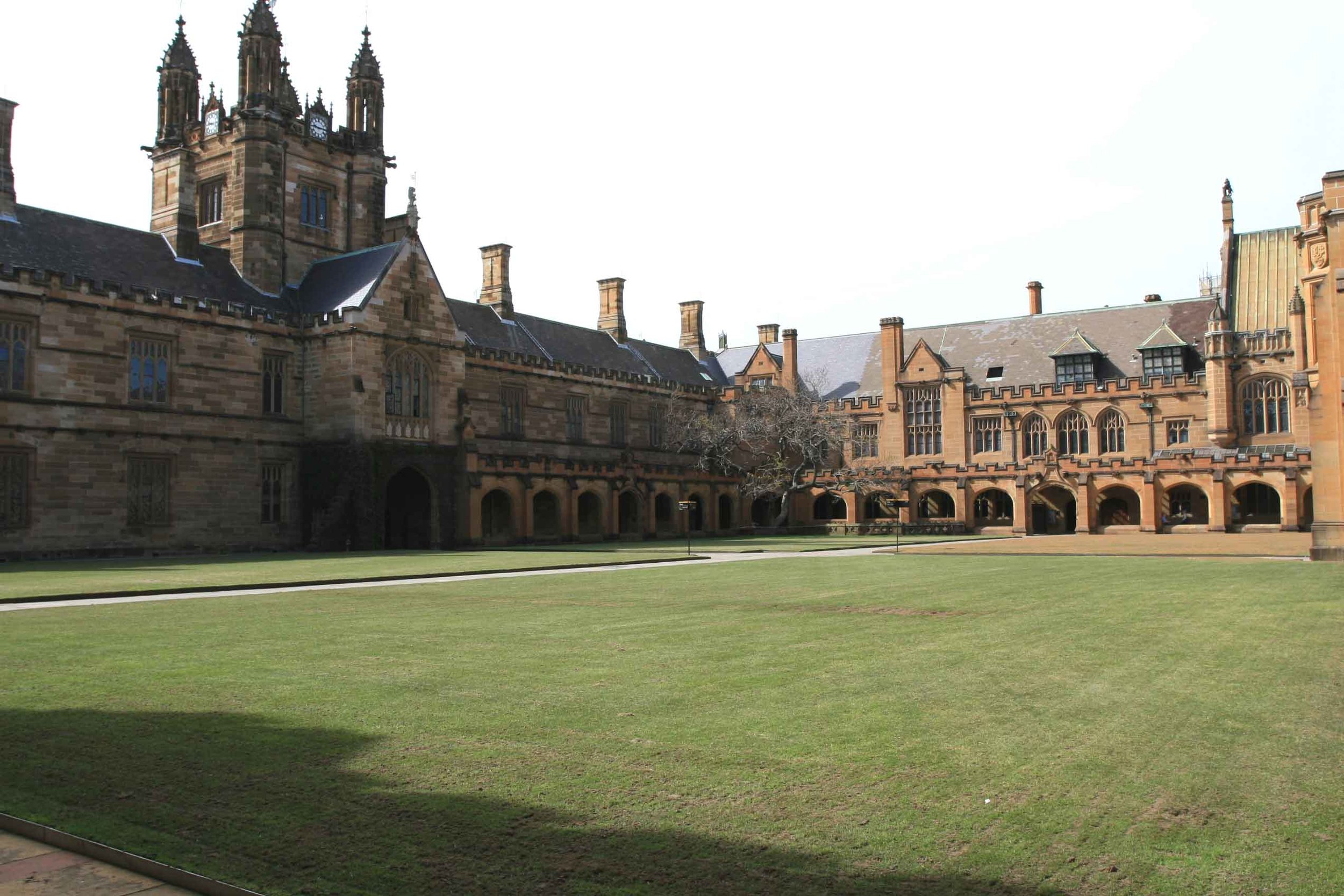I’ve been doing research into public open space for several years now, mostly into active open space – i.e. active sporting fields. (if you would like to read about this research in more detail you can go to the relevant page of my website – click here for the link).
More recently, I’ve become interested in the broader topic of open space planning. This blog will allow me to explore the issues and ideas around this topic.
Firstly, I should explore what is meant, and covered, by the term ‘public places and spaces’?
The word ‘public’ does not refer to ownership – i.e. I am not just referring to what has been typicallycalled ‘pubic open space’ – i.e. reserve owned and managed by governments. “Public’ means spaces and places that are accessed by the public, and whilst this will mostly be ‘pubic open space’ – neighbourhood parks, playing fields, conservation reserves, coastal & river foreshore etc – it also refers to privately owned spaces – for example shopping centres/malls.
At this point, it is worth digressing to discuss the difference between these two notions of publicly owned and privately owned places and spaces, and also to draw some distinction between spaces and places. To this end, I will refer to Marc Auge’s essay called Non-places: An introduction to an Anthropology of Supermodernity (translated by John Howe).
First the notion of place. Auge says this of ‘place’ –
… a place: the one occupied by the indigenous inhabitants who live in it, cultivate it, defend it, mark its strong points and keep its frontiers under surveillance, but who also detect in it traces of … ancestors or spirits which populate and animate its private geography … (P42)
Whilst it is clear that Auge is referring to a broader notion of place – i.e. where one lives – this idea fits well with the notion of public places as used in this discussion. Here, the “indigenous inhabitants” are the regular users of then place, who have a sense of ownership and responsibility for it and a certain sense of “private geography” will emerge. This strong sense of belonging can only (or perhaps is most likely to) occur if the place is in public ownership. As well, these places are locations where the activities carried out there are the purpose for the place’s existence. This is a significant point – i.e. a public place is about what goes on there. This is quite different from what Auge calls ‘non-places’
Non-places have three characteristics. First, they have a specific purpose or provide a specific service in relation to a different and private function – for example a transit lounge at an airport, a train station, a shopping mall. People don’t choose to go to these places, but visit them because of some other purpose. The private owner decides to create these places because they want their customers to enjoy the overall experience of the primary service – travelling, hoping etc. Second, inter-personal contact is likely to be superficial and in-passing, which tends to favour solidarity rather than socialising. People in those places are merely waiting for the primary service to begin. Third, these places have much stronger “instructions for use” (p96), especially prohibitions. There is a greater sense that the owner is in-charge of things rather than the user – the recent moves by Qantas to improve the dress code in the Qantas club lounges is an example – see this link. In general, then, ‘non-places’ are privately owned and allow the public to wait for the primary service to become available.
So, how is a space different from a place?
Auge uses the term ‘space’ in land use planning sense as what we was humans create as part of city building. It can refer to open space but also to more person items like houses, rooms, offices etc. Spaces are the more concrete things that define a space/place – structures like walls, fences, play equipment and the area that defines the space’s dimensions, location and characteristics.
I’ll now turn to the use of ‘space’ in the ‘open space’ context. A ‘space’, with its emphasis on what physically defines it, is less “occupied by the indigenous inhabitants” than a place, with a weaker sense of belonging felt by its users. It is somewhere between a place and a non-place: it is a publicly owned asset freely available to the public, but with a much weaker sense of ‘private geography’. A footpath and a large city square best meet that definition.
So, we have three broad types of ‘public places and spaces:
A public place – which is owned publicly, has regular users who have a certain sense of ownership and private geography. Social interactions are common here;
A public space – which is owned publicly, is frequently used by passer-byer’s who don’t really have a sense of ownership and there is a very weak sense of private geography;
A public non-place – which is generally privately owned, is created for people who want to use the primary service of the owner and this space somewhere to wait or pass through. These places have little sense of ownership by the users, and favour solitary behaviour over social interactions.
In my next blog, I will discuss these three broad types in more detail.










